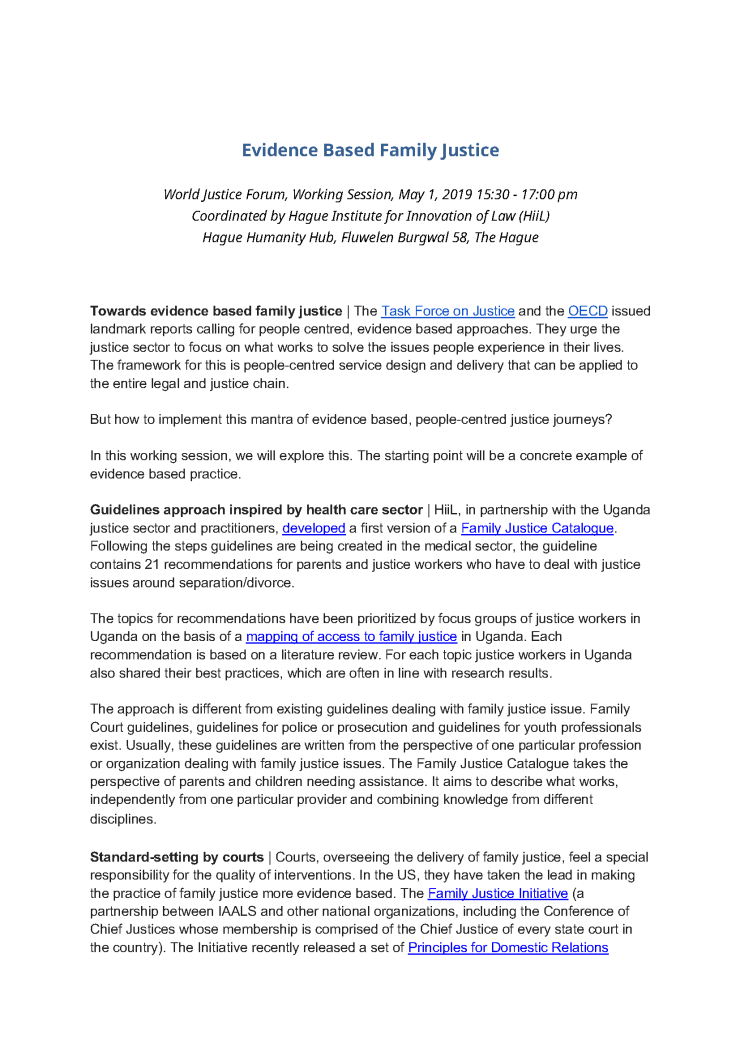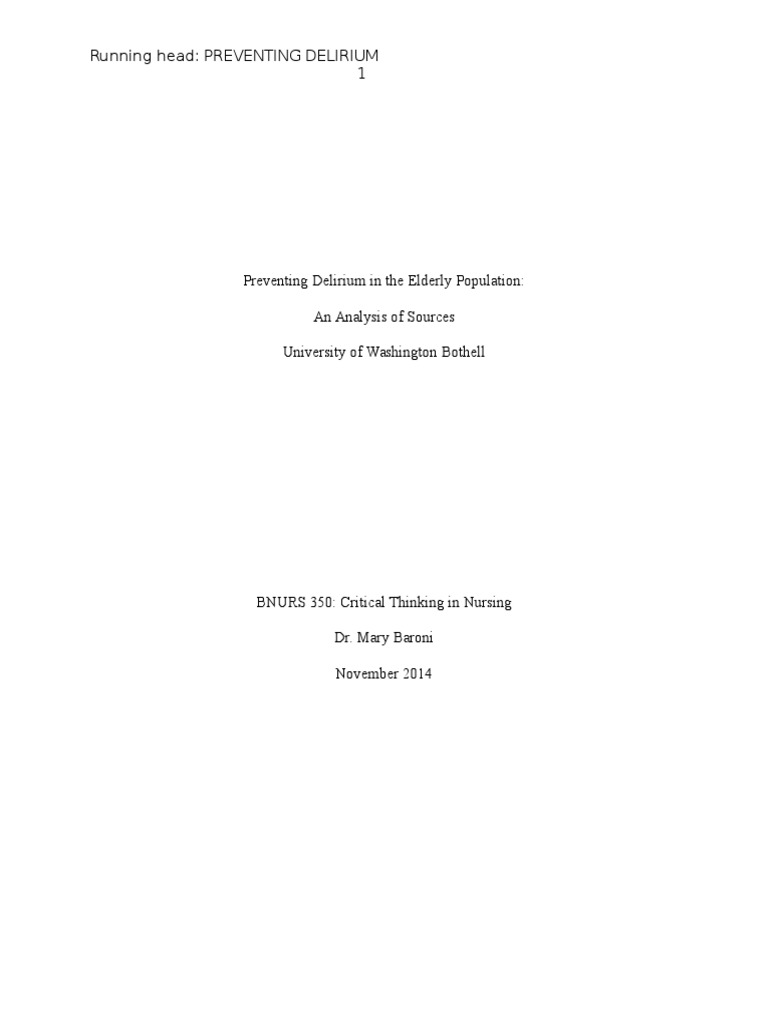
This sample paper on (Sample Research Proposal Paper on Evidence Based Practice Proposal) was uploaded by one our contributors and does not necessarily reflect how our professionals write our papers. If you would like this paper removed from our website, please Evidence-Based Practice Paper Sample. Abstract The emergence of an antibiotic-resistant bacteria introduces a challenging and new issues in the field of healthcare. An analysis involving multiple research articles was conducted in order to look for the best practice for both the prevention and the spread of the Methicillin-Resistant Staphyloccocus Aureus (MRSA) in the health care setting Evidence-based practice (EBP) is defined as the use of best and current evidences explicitly, conscientiously and judiciously in healthcare decision making according to Schmidt, & Brown, (). Healthcare professionals have to integrate the external clinical evidence into their clinical expertise in order to improve the quality of healthcare imparted by them to the patients
Sample Research Proposal Paper on Evidence Based Practice Proposal
We use cookies to enhance our website for you. Proceed if you agree to this policy or learn more about it. Type of paper: Research Paper. Topic: LiteratureSocial IssuesObesityEducationWritingChildrenFamilyChildhood. This paper discusses four research questions in the area of the writer's interest, which is the relationship between childhood obesity and the risk of cardiovascular disease in adults. The writer identified two qualitative and two quantitative questions.
The qualitative questions dealt with the most effective intervention approach for preventing childhood obesity and the factors that enabled obese children to gain normal weights in adulthood. On the other hand, the quantitative questions dealt with the relationship between family lifestyle and childhood obesity and the relationship between breastfeeding and childhood obesity versus the relationship of bottle feeding and childhood obesity. The writer also discusses her colleagues' and peers' feedback regarding the feasibility of the identified research questions and provides a summary of the learning gained from this experience.
There are various treatment options that can be used to prevent middle school children from becoming obese. One is through diet Daniels, Jacobson, McCrindle et al. In this regard, some of the dietary interventions that can help prevent childhood obesity include calcium intake, a high-fiber diet, and breast-feeding for infants Daniels et al. Another treatment option is exercise. According to Daniels et al. It has also been found that physical activity facilitated the maintenance of the ideal weight among children and helped in reducing the risk factors for cardiovascular disease in children.
Evidence based paper example this regard, evidence based paper example, health care professionals and care givers must be careful in selecting the most appropriate duration, frequency, evidence based paper example, intensity, and modality of exercise for each child. Family and behavioral approaches may also be used for preventing childhood obesity Daniels et al, evidence based paper example.
These intervention approaches consist of involving the family or the parents in community- or school-based programs through the postcards and newsletters that are sent to them and through the occasional family-based events that are held in the community or in schools. With all these possible treatment options, the writer is interested in determining what the most effective treatment option or intervention evidence based paper example would be so that policy-makers may be informed and so that resources for such initiatives may be more efficiently and effectively allocated.
The writer will use a qualitative method for obtaining the answer to this question. More specifically, a evidence based paper example study method may be used where each intervention program would be considered a separate case. Evidence also showed that 81 percent of overweight adolescents would become obese young adults and that the cardio-metabolic syndrome among obese adults who had not been obese as children was lower than that of obese adults who had been obese as children Allock et al.
However, as pointed out by Allock et al. According to their findings, a significant percentage of obese or overweight children and adolescents gained normal weights upon reaching adulthood; thus, avoiding the increased risk of cardiovascular disease Allock et al. In this regard, the writer is interested in examining the factors that enabled obese children to achieve normal weights in adulthood.
It is aimed that the results of this study would inform policy makers and healthcare professionals about the prevention and treatment strategies that are most effective so that more effort may be directed towards these strategies. As pointed out by Katzmarzyk, Barreira, Broyles et al. They indicated that lifestyle behaviors such as dietary intake and physical activity have been associated with childhood obesity.
In this regard, the writer is interested in determining the relationship between family lifestyle and childhood obesity, with the aim of informing policy-makers and healthcare professionals on how to best involve parents in the treatment of childhood obesity. This would also have implications on the importance of educating parents about obesity and other health matters. As indicated by Daniels et al. These interventions have been shown to be more consistently successful than education-only interventions Daniels et al.
To obtain the answer to this question, the writer plans to conduct a quantitative study where the lifestyles of a number of families will be observed. Statistical data will be gathered with regards to the duration and frequency of certain activities that each family engages in. These data will also be quantitatively analyzed to identify their relationship to childhood obesity. The writer is interested in determining the relationship between breastfeeding and childhood obesity.
Although the results may not lead to conclusive findings with regards to the benefits of breast feeding on the prevention of childhood obesity, the findings may be used to inform parents, physicians, and nurses with regards to their options when considering the appropriate diet for children in the early childhood stage. To obtain the answer to this question, the writer will conduct a quantitative study, which will involve two sample populations.
One would involve infants and toddlers who are purely breast-fed and another that involves infants and toddlers who are purely bottle-fed. The weights of the infants and toddlers in both groups will be monitored over a certain period of time.
They will be statistically analyzed in order to determine which group of young children has a higher risk of developing obesity. In this regard, the writer thinks that the question that is more worthwhile to pursue is the question on what the relationship is between family lifestyle and childhood obesity as this can be conducted with a small population sample and may not require as much time as the other research questions in order to obtain results.
They suggested that narrowing the scope would allow the writer to focus on a specific lifestyle attribute, which in turn would enable her to obtain more concrete evidence based paper example. This experience enabled the writer to critically evaluate the findings of existing research in order to identify the gaps in research findings. It also made the writer realize that there are many facets to an area of research where each facet must be investigated in order to obtain comprehensive answers to research questions.
However, since there are evidence based paper example limitations in the studies being conducted, the writer has learned that it would be best to focus on specific areas as these would enable the attainment of more significant and conclusive results in comparison to conducting a research that involves a broad area of concern.
Allock, D. Relation between childhood obesity and adult cardiovascular risk. International Journal of Pediatric Endocrinology,Article ID Daniels, S.
American heart association childhood obesity research summit, evidence based paper example. Executive summary. Circulation, Flores, G. Factors predicting severe childhood obesity in kindergarteners. International Journal of Obesity, 37, Katzmarzyk, P. The International Study of Childhood Obesity, Lifestyle and the Environment ISCOLE : Design and methods. BMC Public Health, 13 Lefebvre, evidence based paper example, C.
The effect of breastfeeding on childhood overweight and obesity: A systematic review of the literature. Journal of the American Association of Nurse Practitioners. doi: We accept sample papers from students via the submission form. If this essay belongs evidence based paper example you and you no longer want us to display it, you can put a claim on it and we will remove it.
Just fill out the removal request form with all necessary details, evidence based paper example, such as page location and some verification of you being a true owner. Please note that we cannot guarantee that unsubstantiated claims will be satisfied.
Note: this sample is kindly provided by a student like you, use it only as a guidance. ID GET ACCESS NOW. Password recovery email has been sent to email email. HIRE WRITER PREMIUM ACCESS Sign in. Type of Paper. Essay Topics. Educational Tools. Who We Are Contact Us Our Writers WowEssays Reviews Blog Our Services. HIRE WRITER PREMIUM ACCESS, evidence based paper example.
ORDER PAPER LIKE THIS. Abstract This paper discusses four research questions in the area of the writer's interest, which is the relationship between childhood obesity and the risk of cardiovascular disease in adults. Feedback Obtained from Colleagues In this regard, the writer thinks that the question that is more worthwhile to pursue is the question on what the relationship is between family lifestyle and childhood obesity as this can be conducted with a small population sample and may not require as much time as the other research questions in order to obtain results.
References Allock, D. Cardiovascular Disease. Research Questions. Cite this page Choose cite format: APA MLA Harvard Vancouver Chicago ASA IEEE AMA. Accessed 23 April Evidence-Based Practice Research Papers Example. March Accessed April 23, Retrieved April 23, com, Mar Free Essay Examples - WowEssays.
Published Mar 31, evidence based paper example, Share with friends using:. Removal Request. REQUEST THE REMOVAL. Finished papers: Evidence based paper example paper is created by writer with ID If you want your paper to be: Well-researched, fact-checked, and accurate Original, fresh, based on current data Eloquently written and immaculately formatted.
Hire this Evidence based paper example.
Evidence-based writing with examples
, time: 11:57Evidence Based Practice Essay Examples | WOW Essays

Evidence-based practice (EBP) is defined as the use of best and current evidences explicitly, conscientiously and judiciously in healthcare decision making according to Schmidt, & Brown, (). Healthcare professionals have to integrate the external clinical evidence into their clinical expertise in order to improve the quality of healthcare imparted by them to the patients 13 hours ago · Evidence based practice EBP is the clinical decision making process which is based upon the best available evidence, new research findings, clinical experience and patient preferences AHPRA, Optimal nursing care cannot be provided just by the, evidence based practice in nursing essay. the advance practice nurses as it is one of the most motivating factors for advanced practice · Example:Increased incidence of deep vein thrombosis and pulmonary emboli in trauma and neurosurgical blogger.comsis and proper treatment of a DVT is a very important task for health care professionals and is meant to prevent pulmonary blogger.com is an example of an important re tht more research can be conducted to add into evidence –based practice
No comments:
Post a Comment